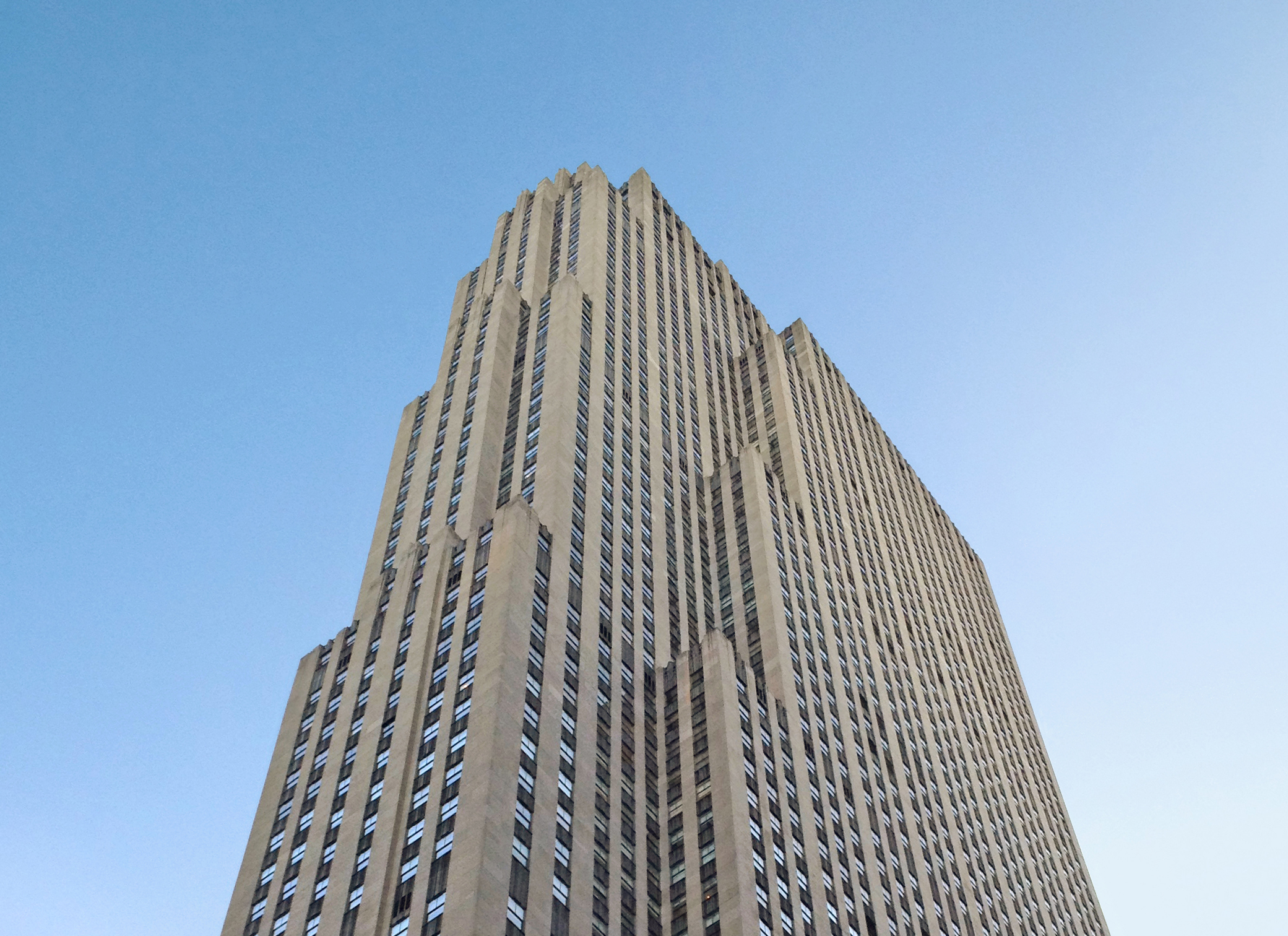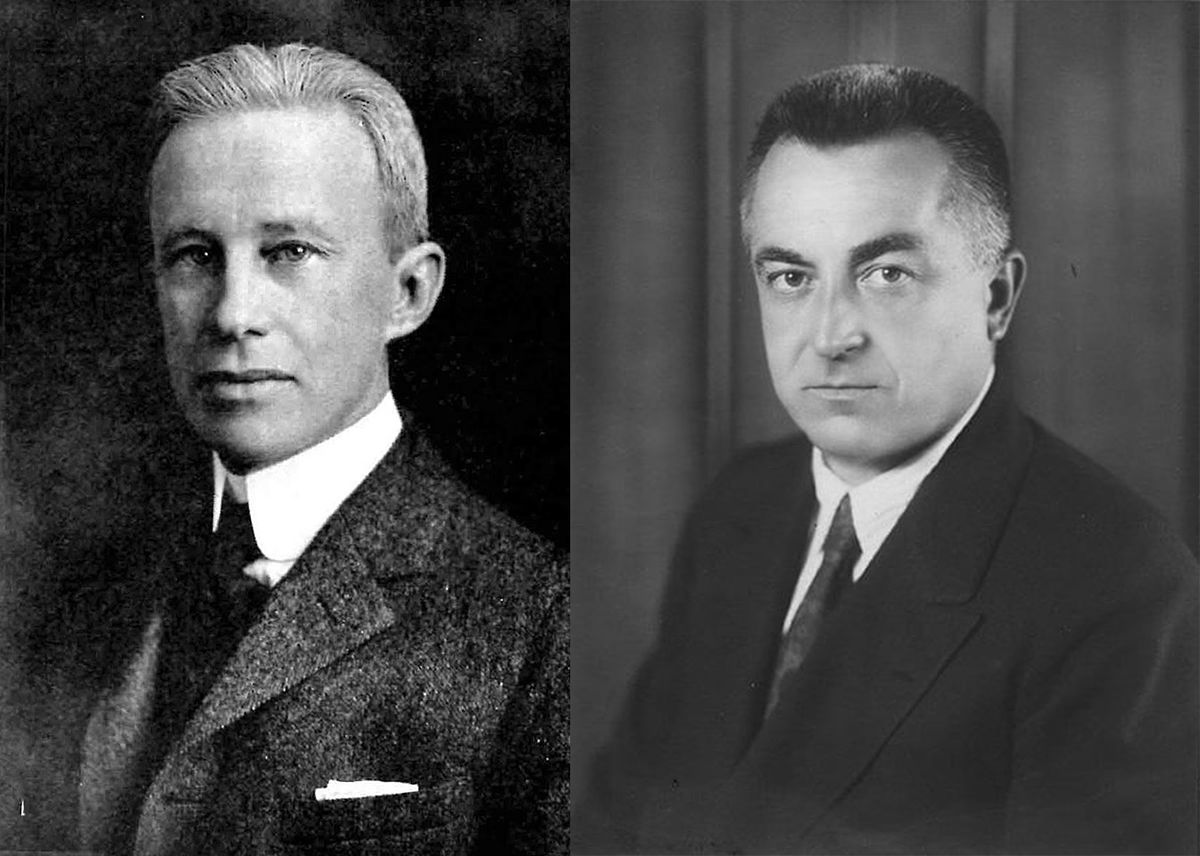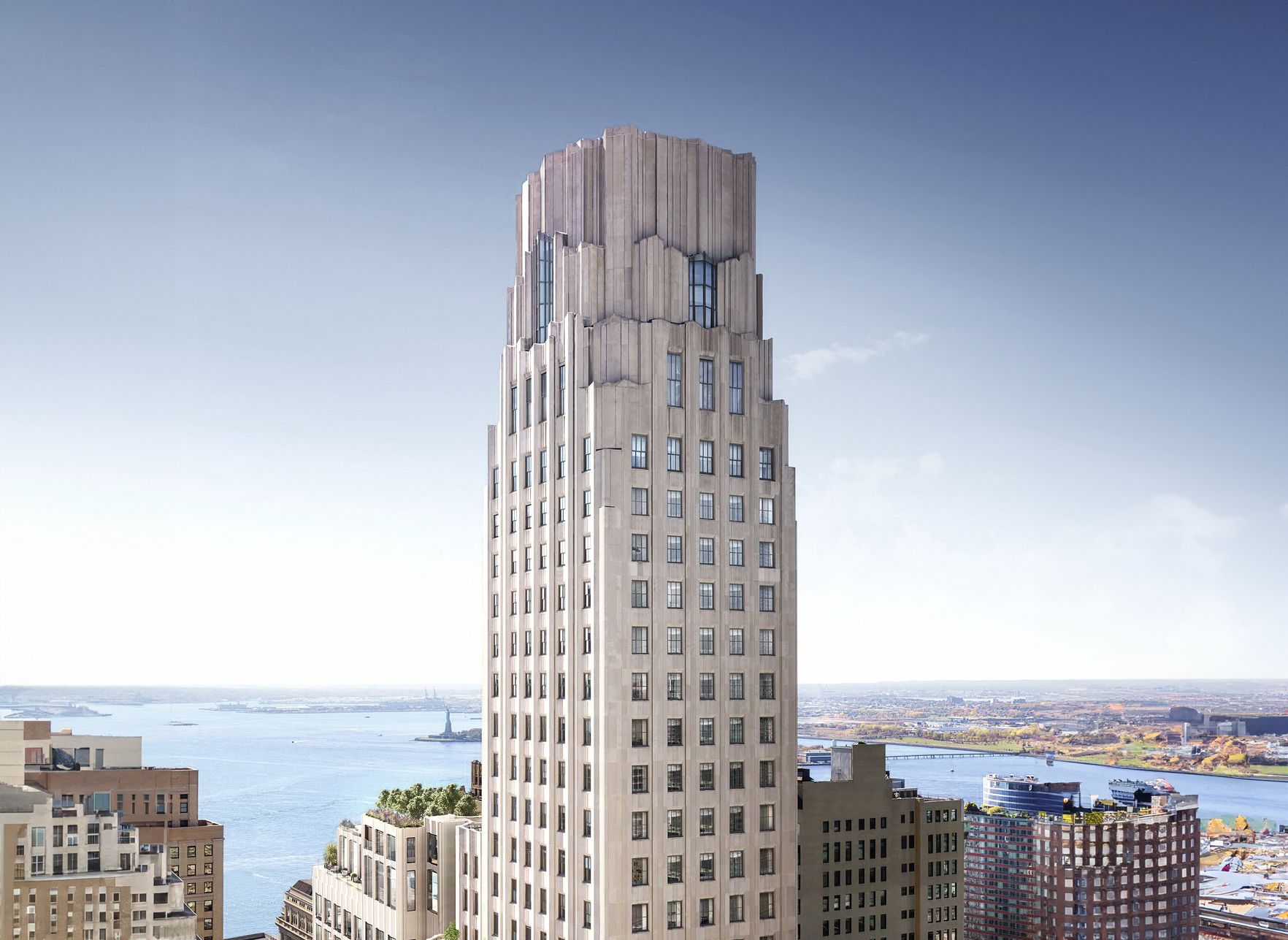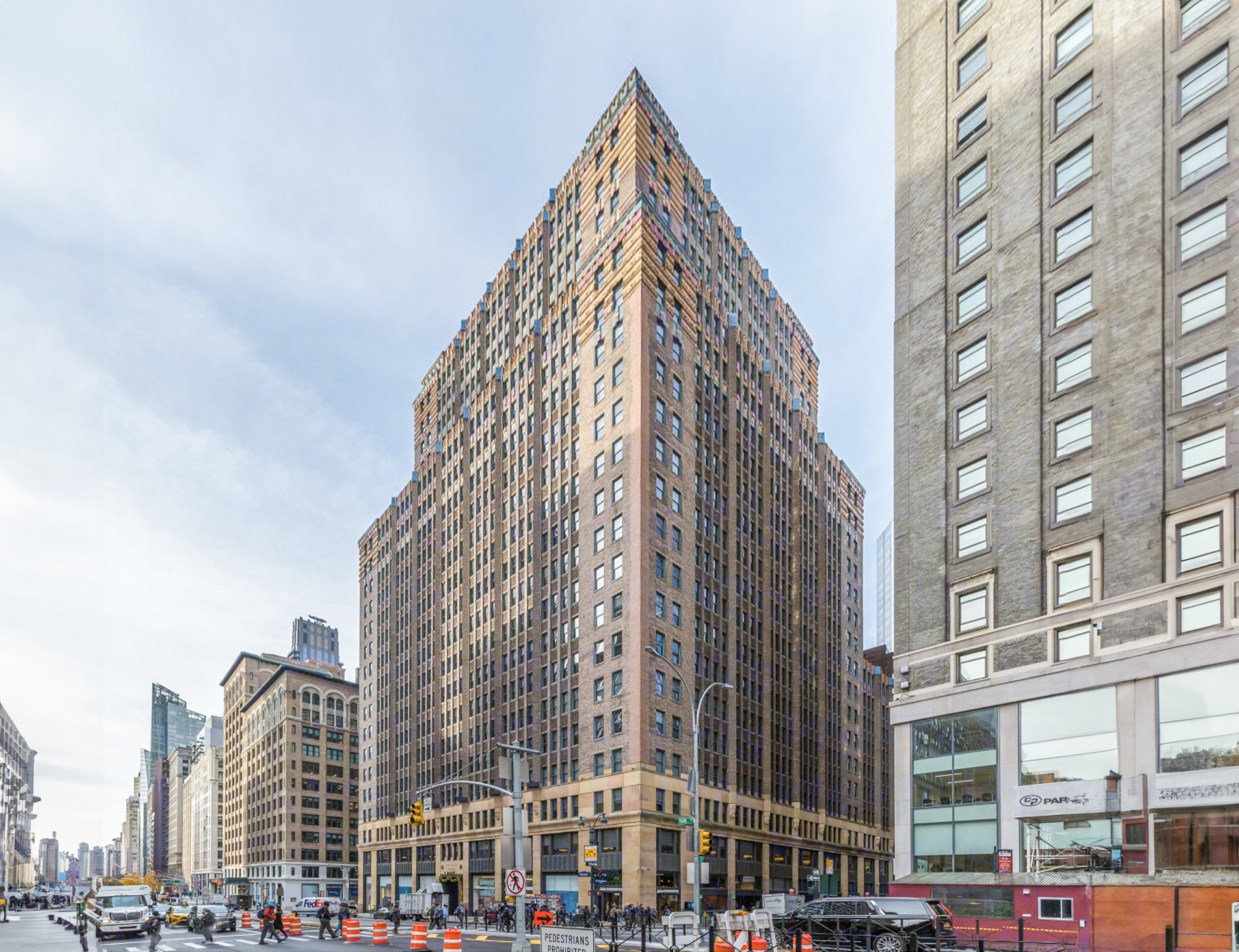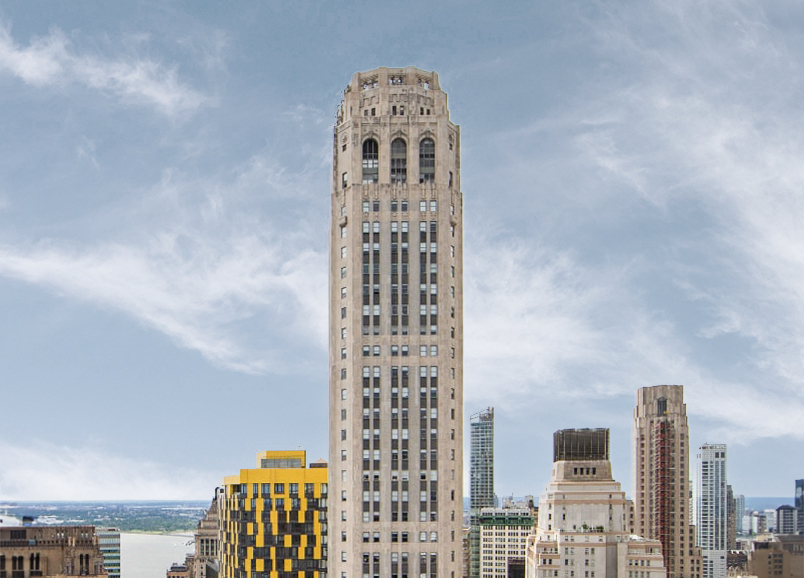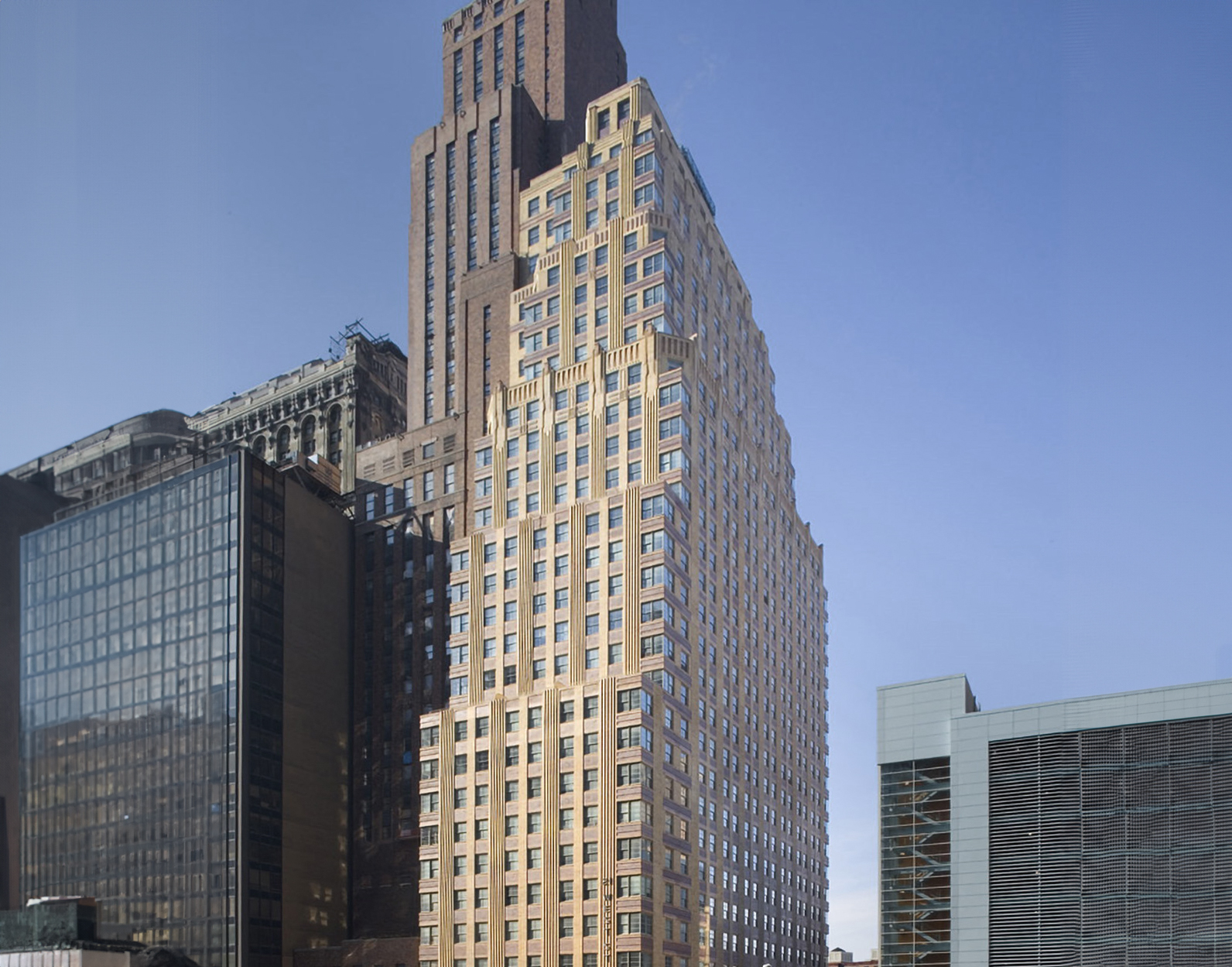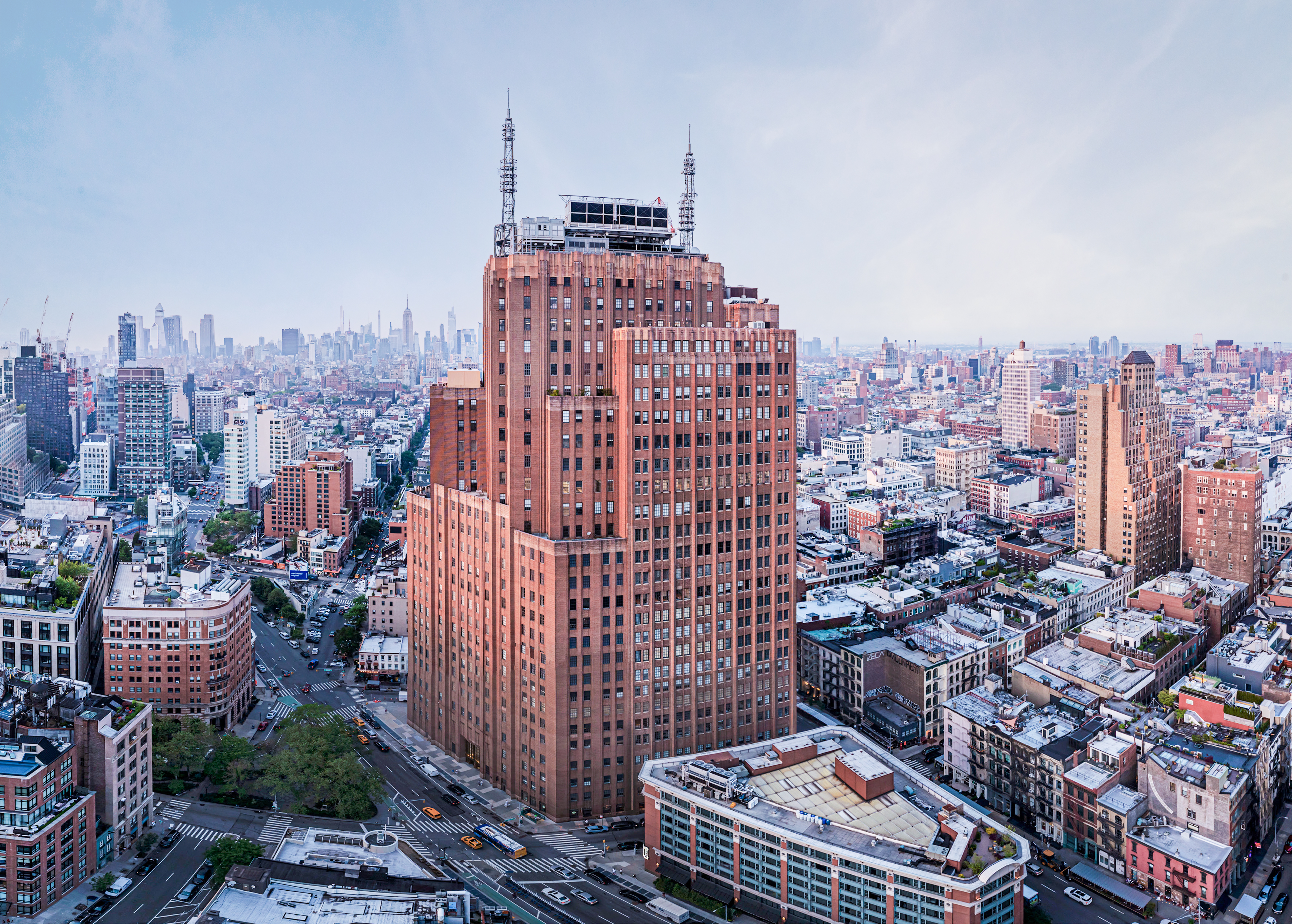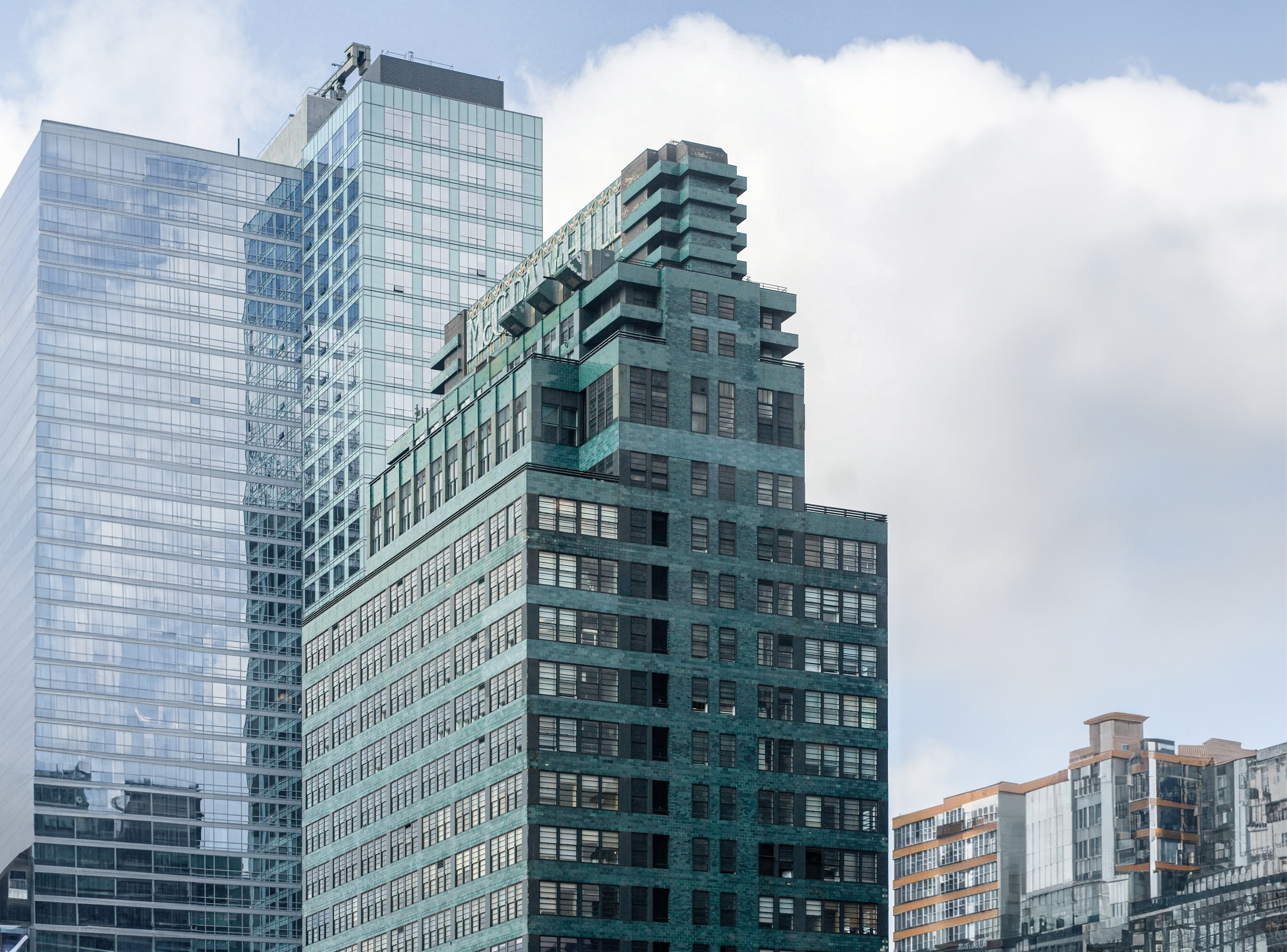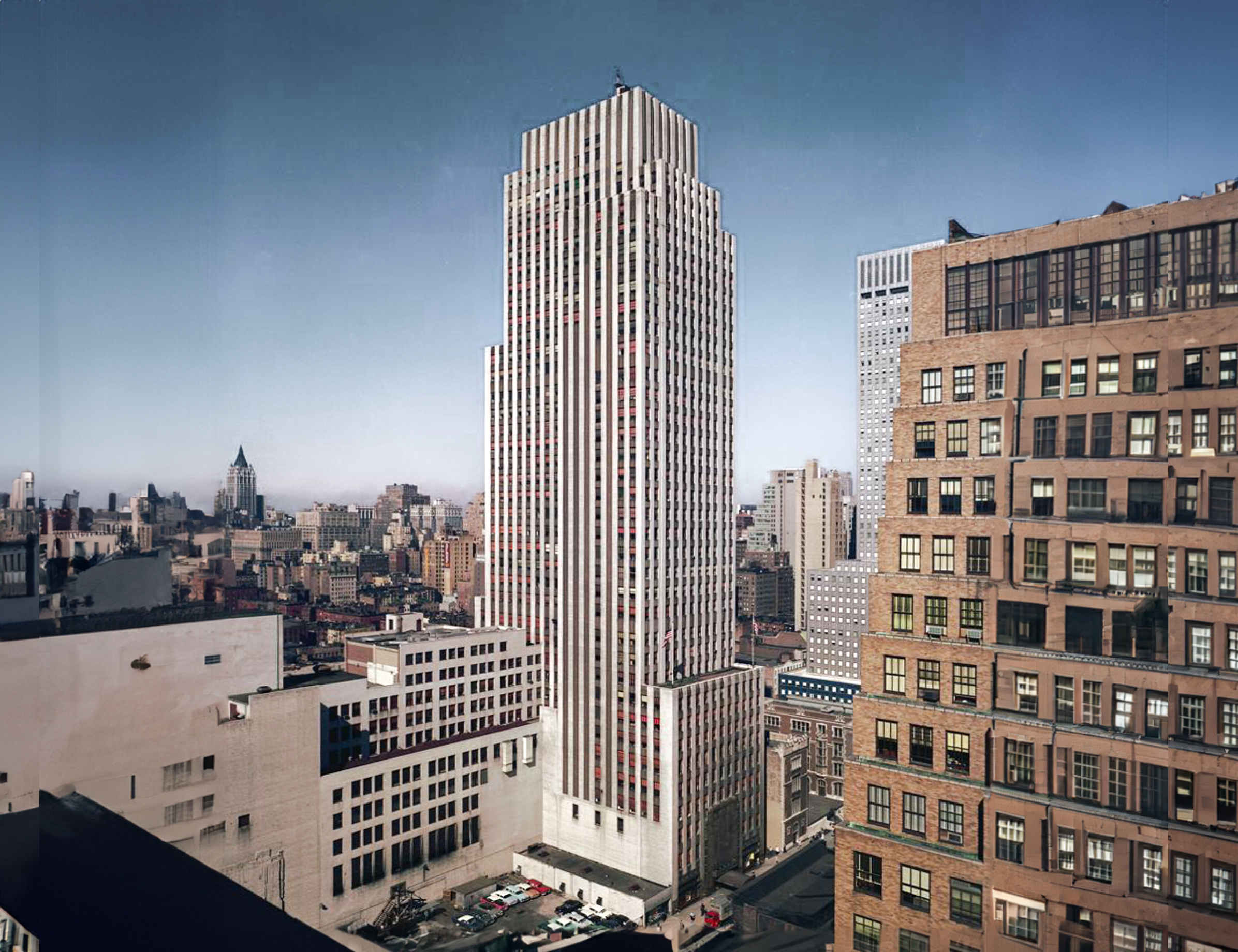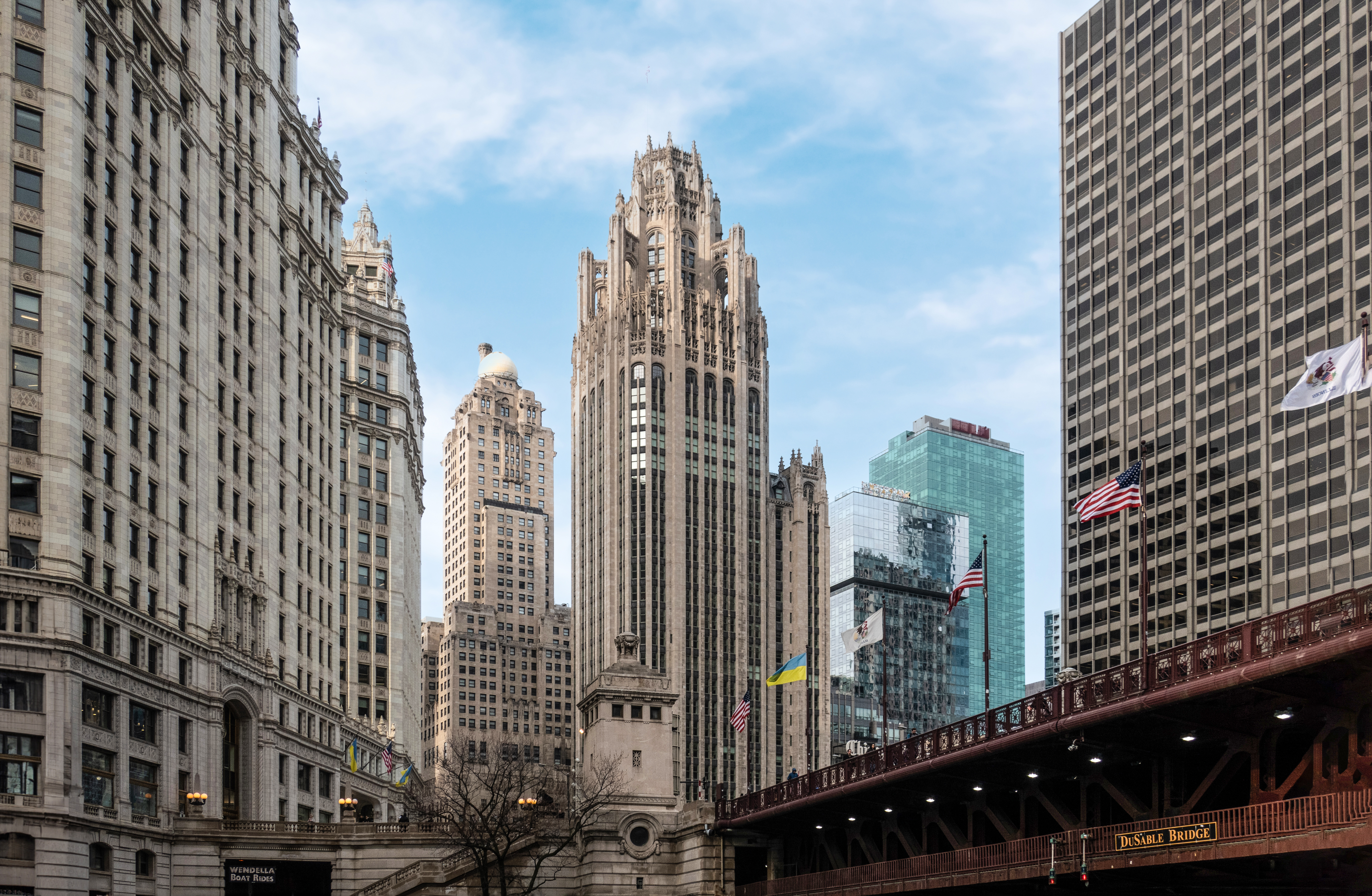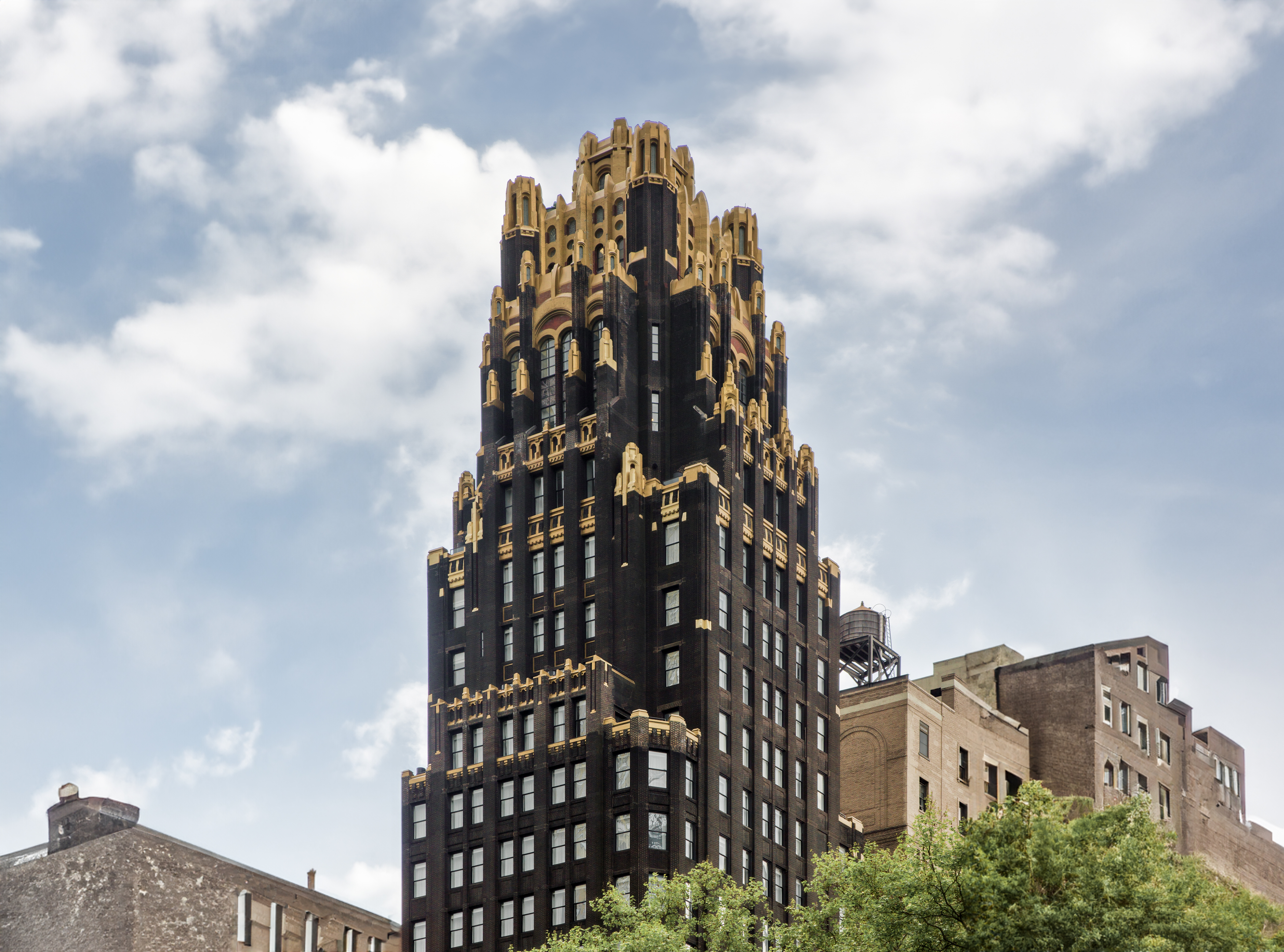The 30 Rockefeller Plaza Buiding is an Art-deco skyscraper designed in 1931 by Howells & Hood, and built between 1932 and 1933 in New York, NY.
30 Rockefeller Plaza Buiding is not the only name you might know this building by though. It is common for companies to want to attach their names to iconic buildings when they move in, or for the general public to come up with nicknames, and this one is no exception. The building has changed names several times over the years, and is also known as:
- RCA Building between 1933 and 1988.
- GE Building between 1988 and 2015.
- Comcast Building from 2015 until this day.
Its precise street address is 30 Rockefeller Plaza, New York, NY. You can also find it on the map here.
The 30 Rockefeller Plaza Buiding is a structure of significant importance both for the city of New York and the United States as a nation. The building embodies the distinctive characteristic features of the time in which it was built and the Art Deco style. Because of that, the 30 Rockefeller Plaza Buiding was officially declared as a national landmark on April 23rd 1985.
The building underwent a major restoration in 2014.
